FORWARD OPERATING BASE MAREZ, Iraq - First-time deployed Soldiers from 2nd "Spartan" Heavy Brigade Combat Team, 3rd Infantry Division joined the ranks of their fellow combat-deployed Spartan brothers and sisters as they donned the Marne patch during a Combat Patch Ceremony held at Forward Operating Base Marez, in northern Iraq, Dec. 2.
"Although the majority of our Army today has earned the combat patch, we know that many of us will wear it for the first time today," said Chaplain (Maj.) Sid Taylor, 2nd HBCT, 3rd ID, during the ceremonies benediction.
Chaplain Taylor also said that all of the Soldiers receiving the combat patch can now claim a status that few Americans can - as a combat veteran. Although the simple piece of cloth cannot ever fully capture the weight and meaning of the patch, it symbolizes a lasting commitment and bond to all those Soldiers who have come before.
The combat patch originated in World War I from a South Carolina unit located at Wildcat Creek.
The unit's officers used the simple wildcat symbol to distinguish Soldiers from the unit on the battlefield. In 1917, all of the U.S. Army units were commissioned to design their own symbol and adopted the tradition of bearing the unit patch on their left sleeve.
"Even though some of the origin of the Marne patch is lost in history, it is believed the three bars represent the three campaigns of the Third Division as well as the three white stripes representing purity," said Col. Charles E.A. Sexton, commander, 2nd HBCT, of the history of the Marne patch.
Colonel Sexton also said that in World War II was the first use of an official combat patch. The display of the patch on the right sleeve was used to distinguish Soldiers who have been deployed overseas in support of their country.
"Thousands have deployed under this patch and everyone should be proud to wear the symbol on their sleeve of a combat infantry division that has so much history behind it," said Col. Sexton.
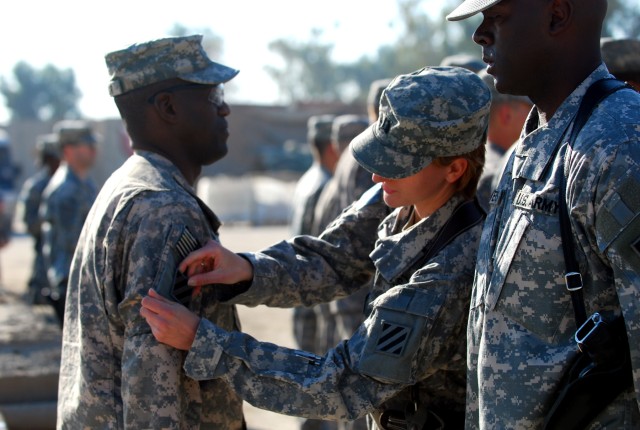
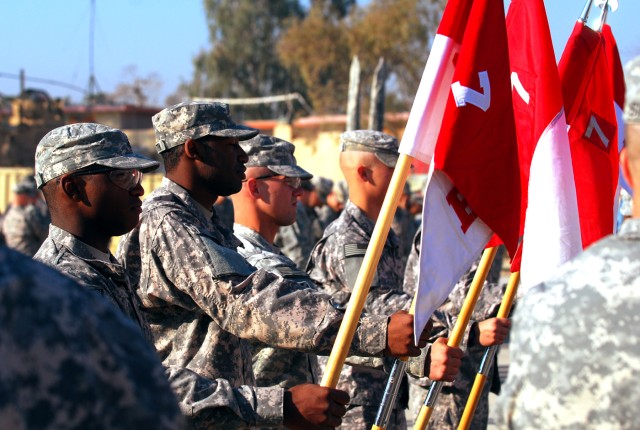
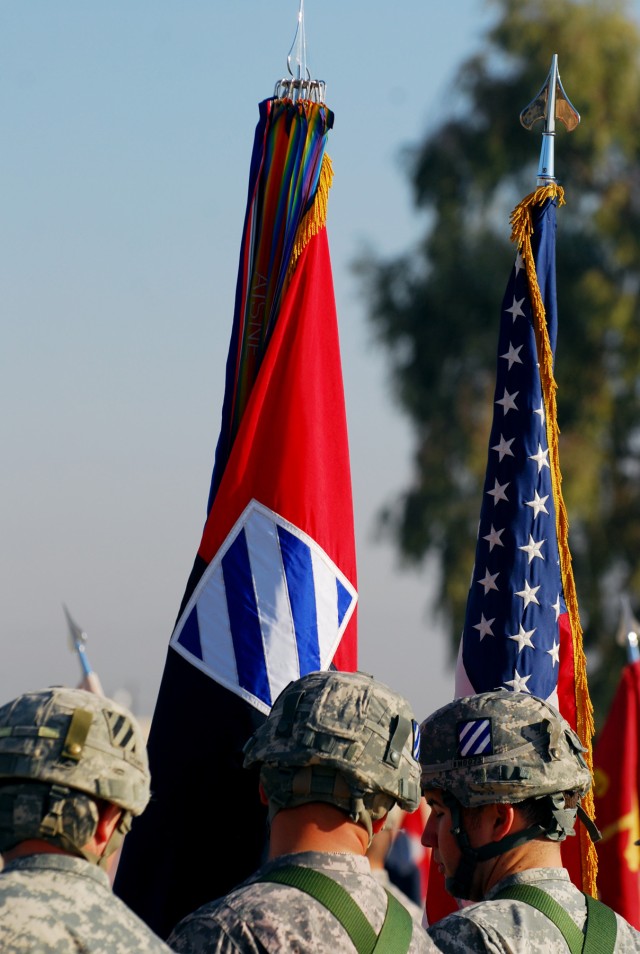

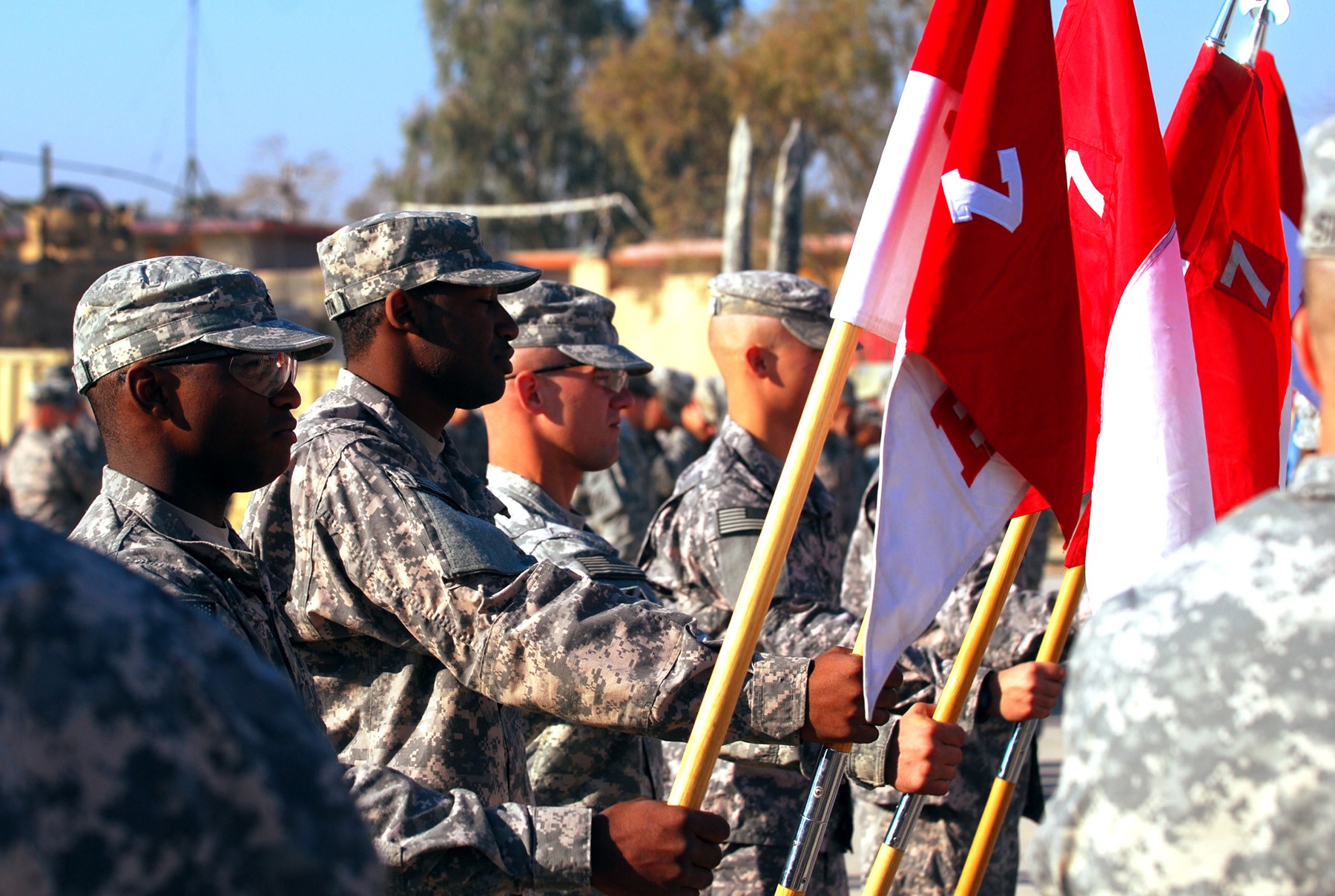
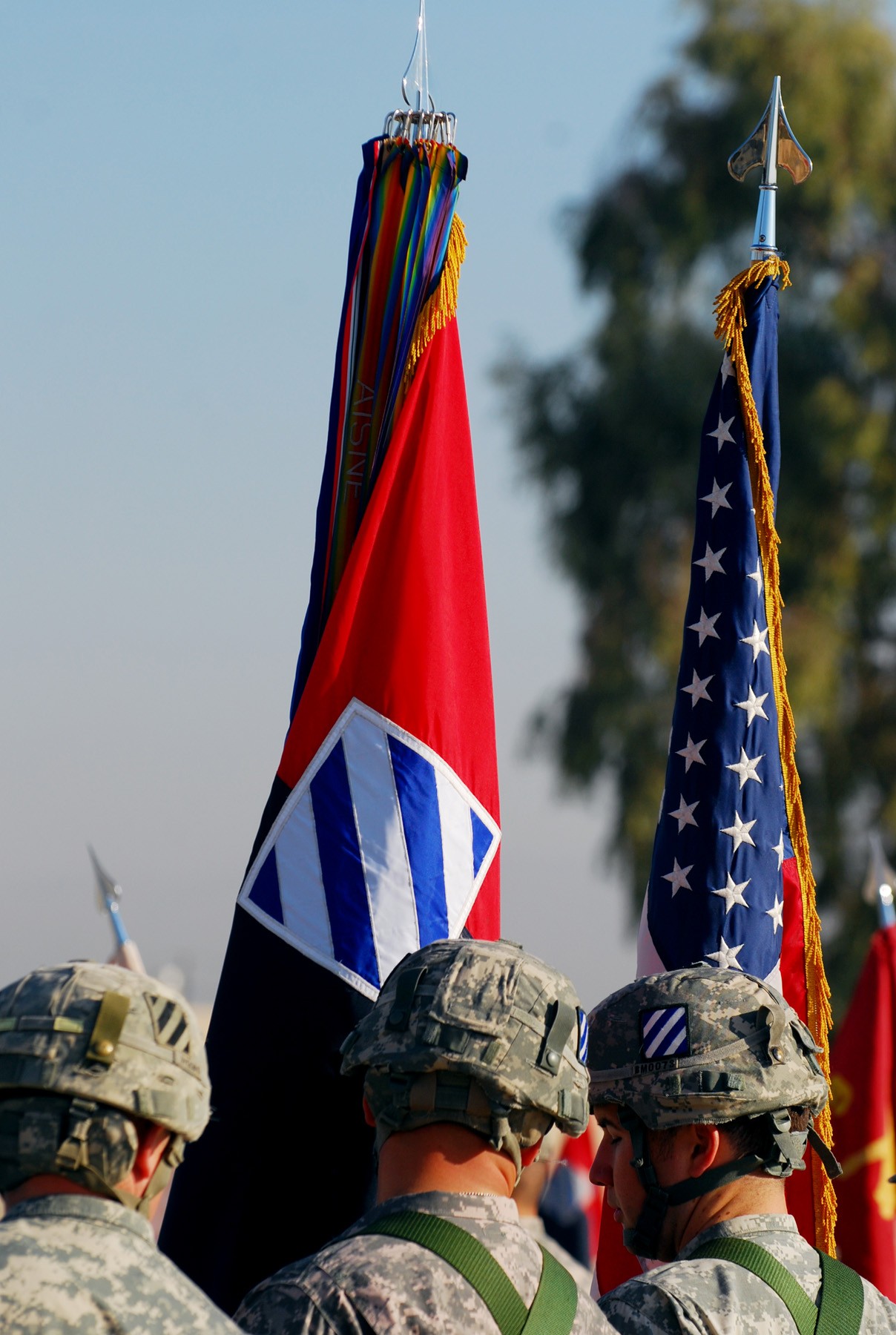
Social Sharing